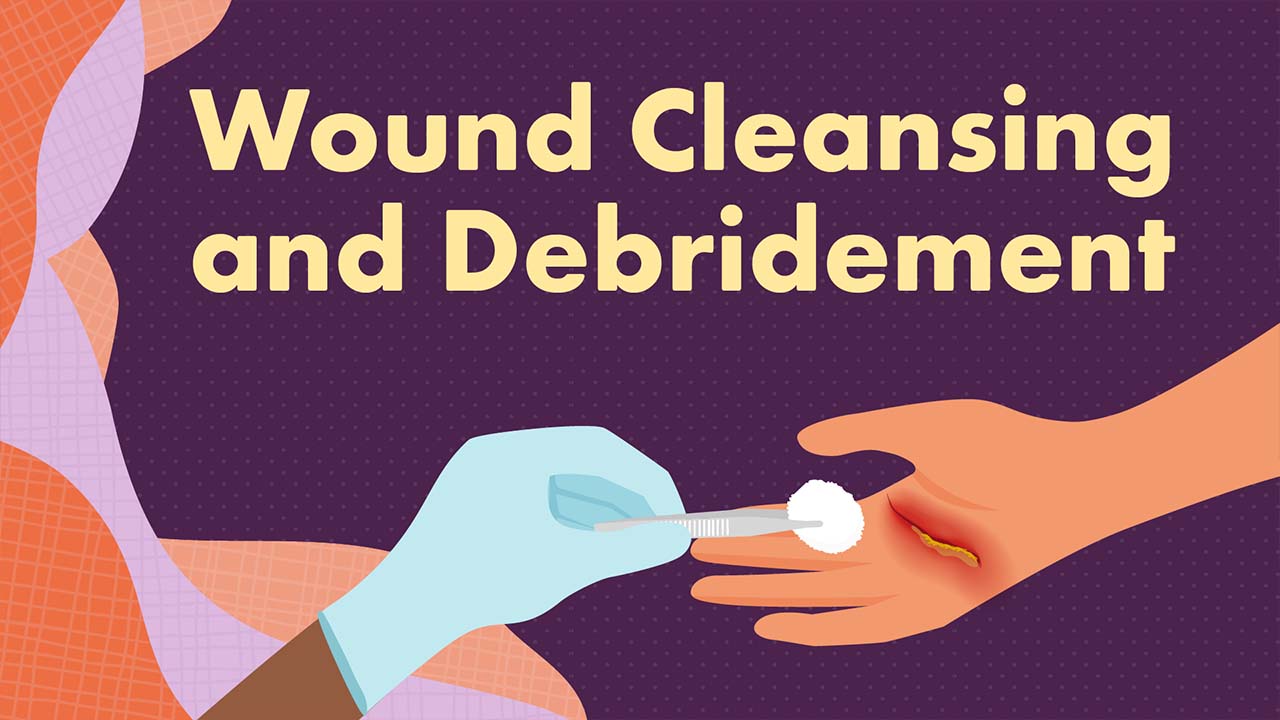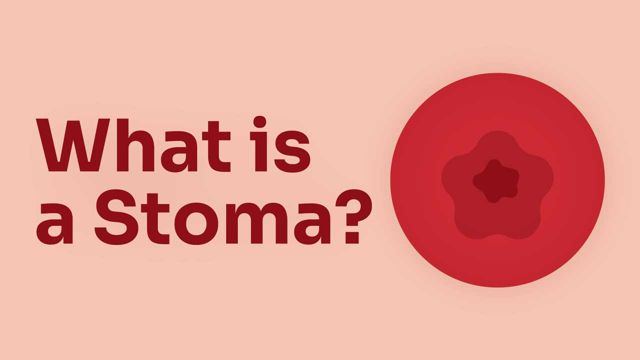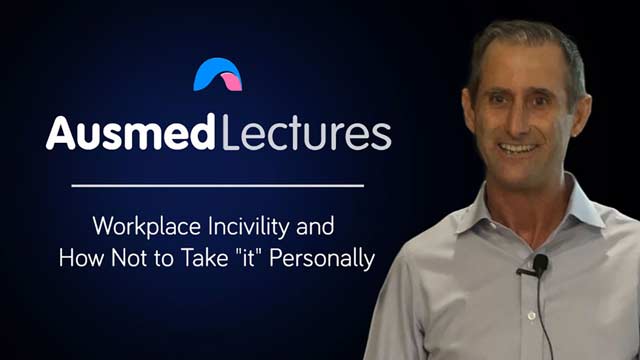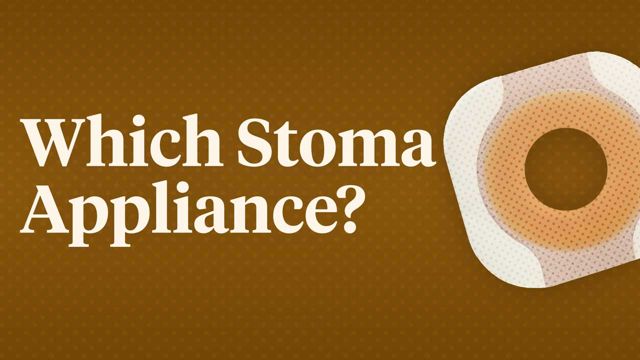Wound Cleansing and Debridement


Making confident decisions during wound cleansing and debridement is crucial to achieving a patient’s desired healing outcomes and trajectory. When selecting a cleansing agent, it’s vital to consider if it addresses the root cause of the wound issue. Is the debridement technique you choose aligned with your scope of practice, skill set and confidence level? How well do you understand the range of options available to you in your practice?
This Ausmed Course equips healthcare professionals with the knowledge and understanding to confidently apply best-practice cleansing and debridement techniques within their scope of practice. Guided by current evidence and best-practice techniques, learners will enhance their skills to improve the outcomes of the patients in their care.
Content
What you'll learn:
Explain the difference between cleansing and debridement and how best-practice conduct of these procedures can contribute to improved patient outcomes.
Analyse the impact patient-based, wound-related and environmental factors may have on cleansing and debridement prior to conducting these procedures.
Confidently select appropriate cleansing agents and methods according to the specific needs of patients with wounds in your care and best practices in aseptic technique.
Understand the various types of debridement, including how and when these are utilised, and develop confidence to apply appropriate techniques in clinical practice.
Identify opportunities for complications to arise when cleansing and/or debriding a wound in your practice.
Who it's for:
Why it's needed:
Wound cleansing and debridement are integral components in managing acute and chronic wounds. Confident and effective practice of these procedures aids in addressing local wound factors that can impair healing, reduce infection risk and optimise wound repair.
Healthcare professionals, including nurses, are pivotal in administering this care. However, these practices should be predicated on thorough understanding as they require skills and knowledge.
Therefore, education that will lead to increased proficiency in wound cleansing and debridement is needed to develop practices to improve patient outcomes.
Purpose:
Topics
Assign mandatory training and keep all your records in-one-place.
Find out more
 New
New Recommended resources









